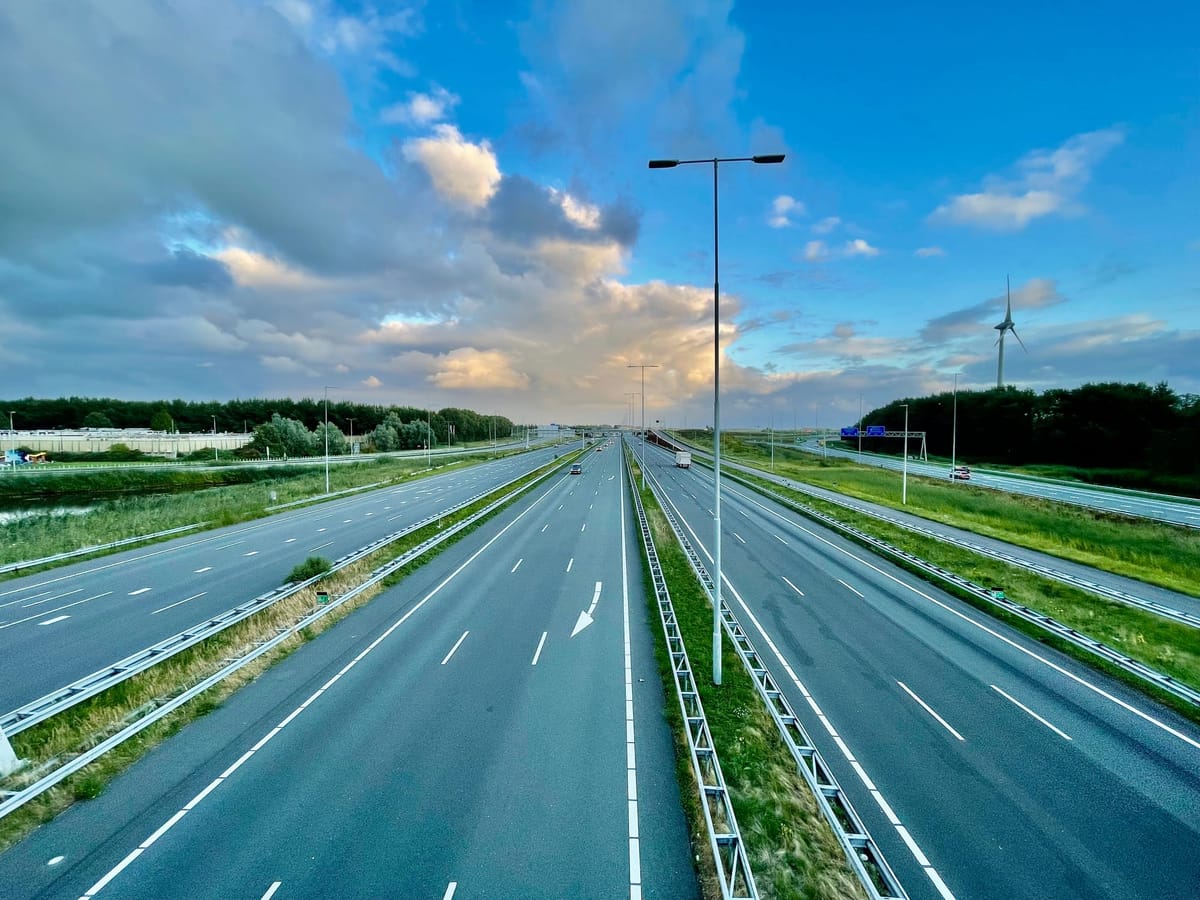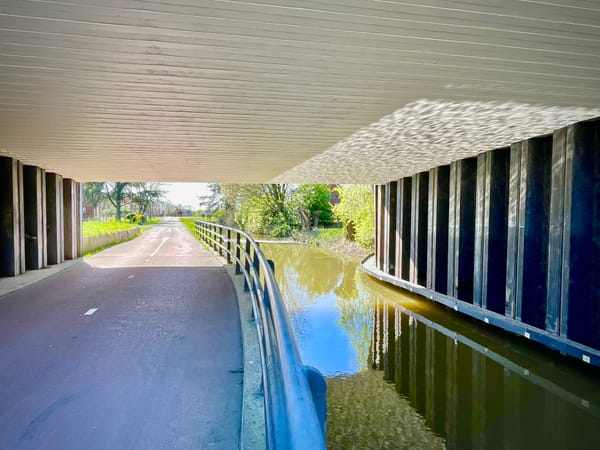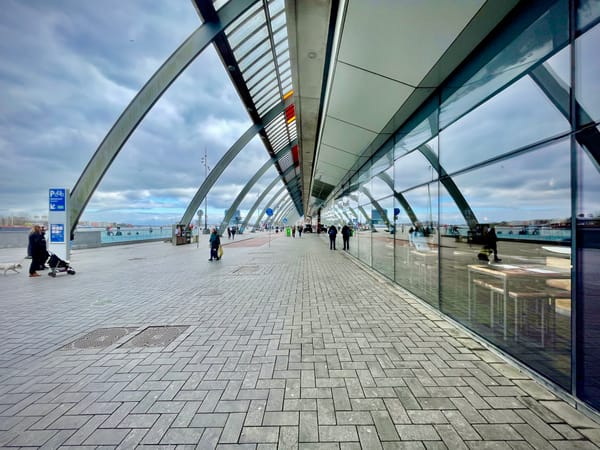Switching to Optical: My Journey to Fibre Internet
I switched from coax to fibre — faster, cheaper, and finally competition. Fibre opens real choice, and even 5G (FWA) enters the game. Here’s how it went.
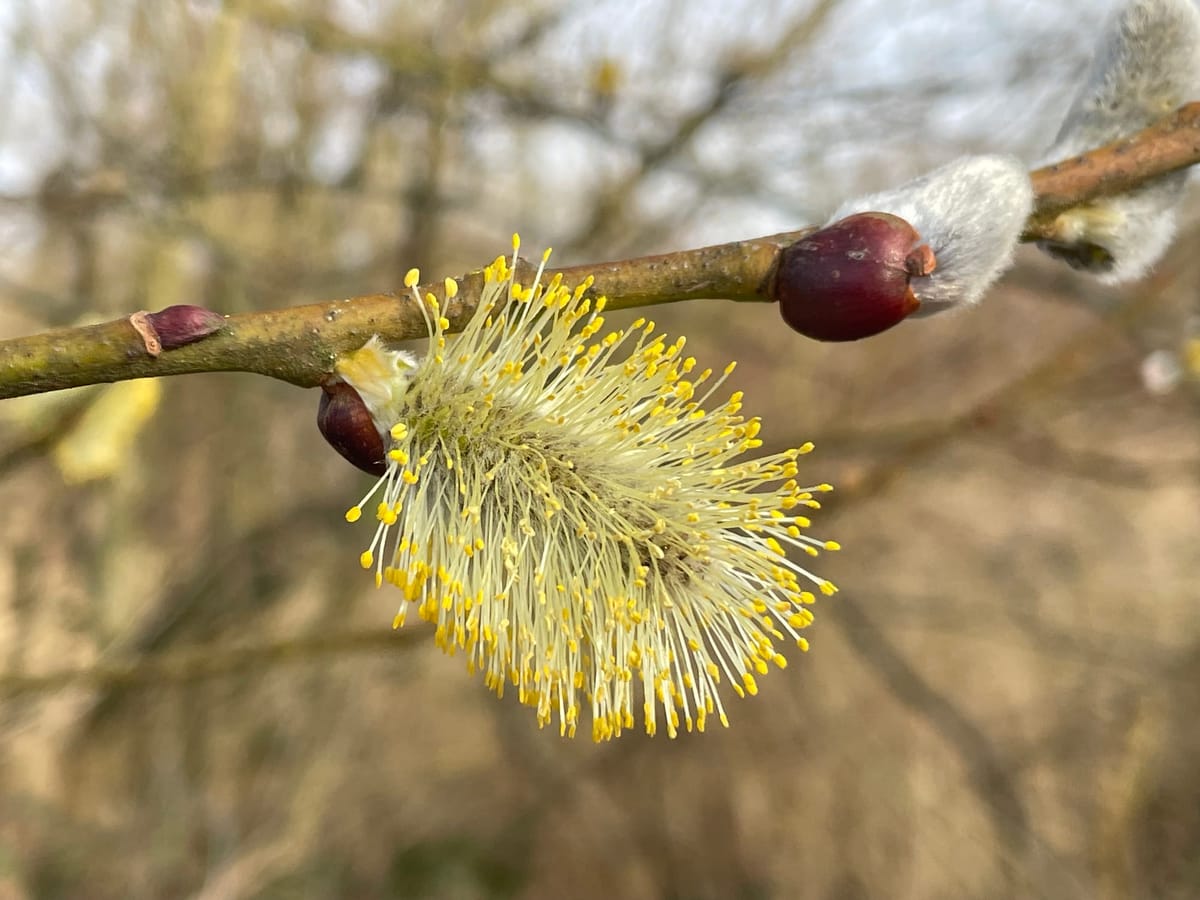
For years, I stuck with coaxial internet. It worked, but prices steadily climbed while speeds plateaued. Fibre optic internet had been promised for years, but recently it became a real, physical option — not just in the street, but ready to be pulled into the home.
What followed was a surprisingly satisfying mix of hands-on work, infrastructure excitement, and the thrill of breaking free from a monopoly.
The Big Day: Fibre Enters the House
The network operator in my area is Open Dutch Fiber, the company responsible for laying and owning the fibre infrastructure. Yesterday, their crew showed up — four men working with surprising force — drilling, digging, and pulling the cable under the garden and terrace.
It was rough work for something as delicate as a glass fibre line, but by the end of the day, the connection reached inside my home, terminating at a small optical socket on the wall.
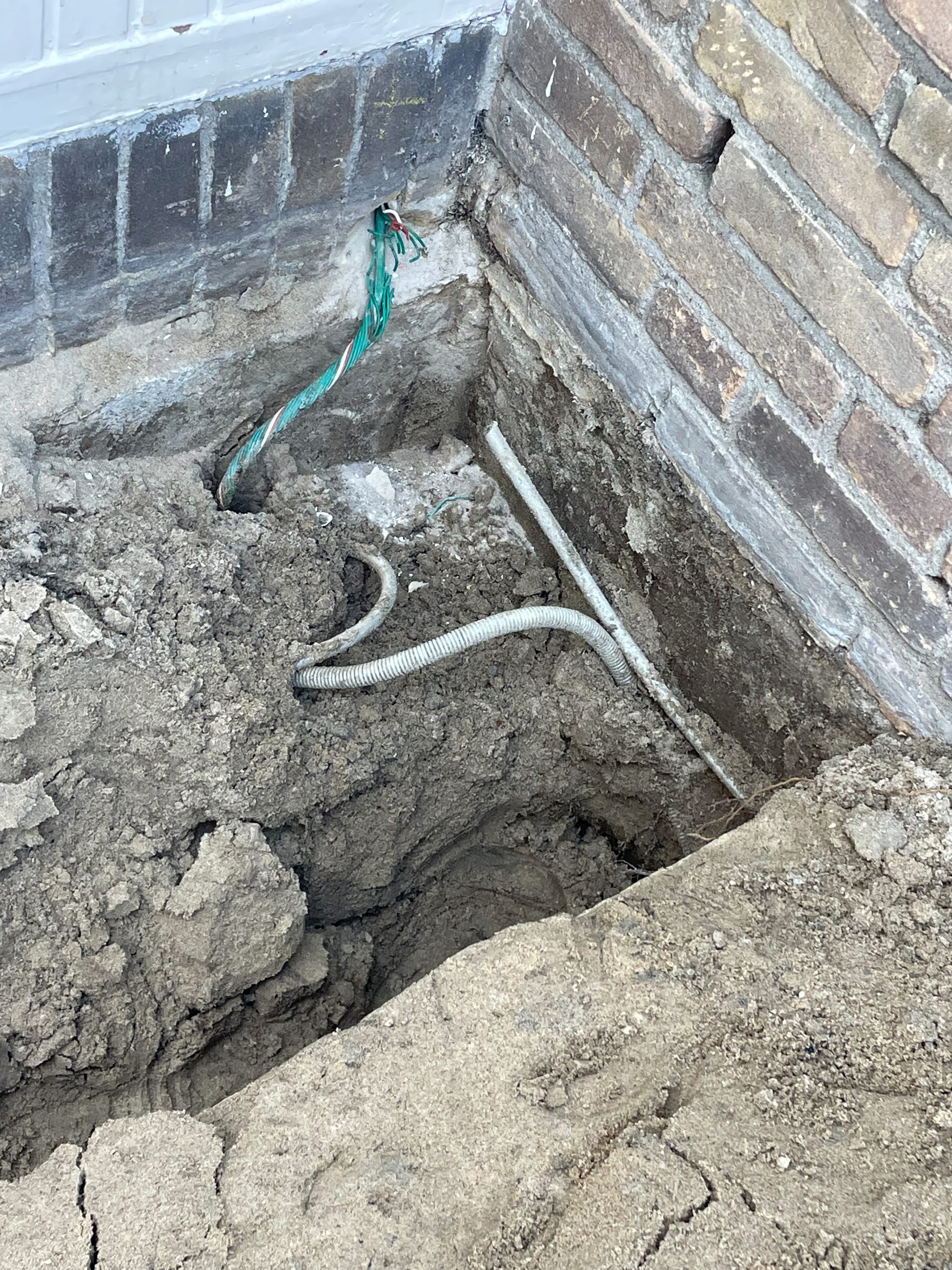
From there, I took over. With a self-install package from Odido, my chosen service provider, I completed the installation myself. Fibre connects to a media converter, which turns light signals into a standard LAN connection. One Ethernet cable later, my router was online — the switch complete.
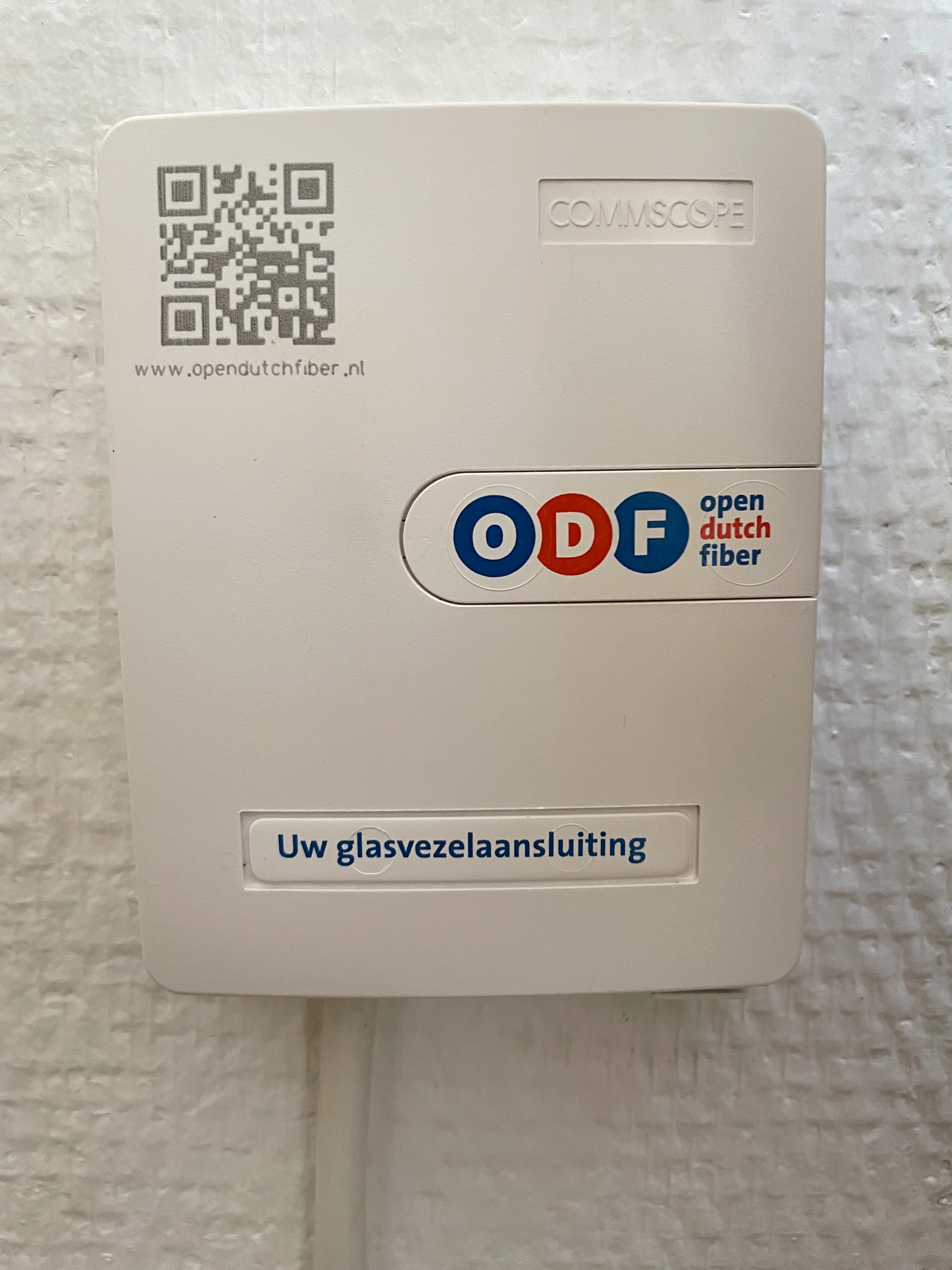
From that point, I adjusted my Wi-Fi settings. Thanks to the Mac ecosystem, sharing Wi-Fi details was seamless, while my Macs remained connected via LAN. I fine-tuned the setup, configuring the wireless printer (WPS), setting up router-based rules for incoming VPN connections, and assigning a fixed IP to the NAS.
Surprisingly, the most time-consuming part was manually entering account credentials into the Kobo e-readers.
The Immediate Win: Speed, Cost, and Competition
Right away, the difference was clear. For years, I paid €75 monthly for around 600 Mbps on coax. With fibre, I now pay €25 for comparable speed — thanks to a promotional rate, but that’s beside the point.
The real shift is infrastructure-driven competition. Open Dutch Fiber operates the network, but you can choose your provider — Odido, or one of several others offering services over the same line. If I ever want to switch, it’s just a matter of changing providers — no need to lay new cables.
And competition is heating up. Dutch telecom giant KPN is rolling out its own fibre network in the same area. Yes, the streets will be opened up again — noisy and messy — but the result? True network-level competition. In time, residents will have the option to switch not just providers, but networks altogether.
That’s a significant shift after decades of being locked into a single coaxial line.
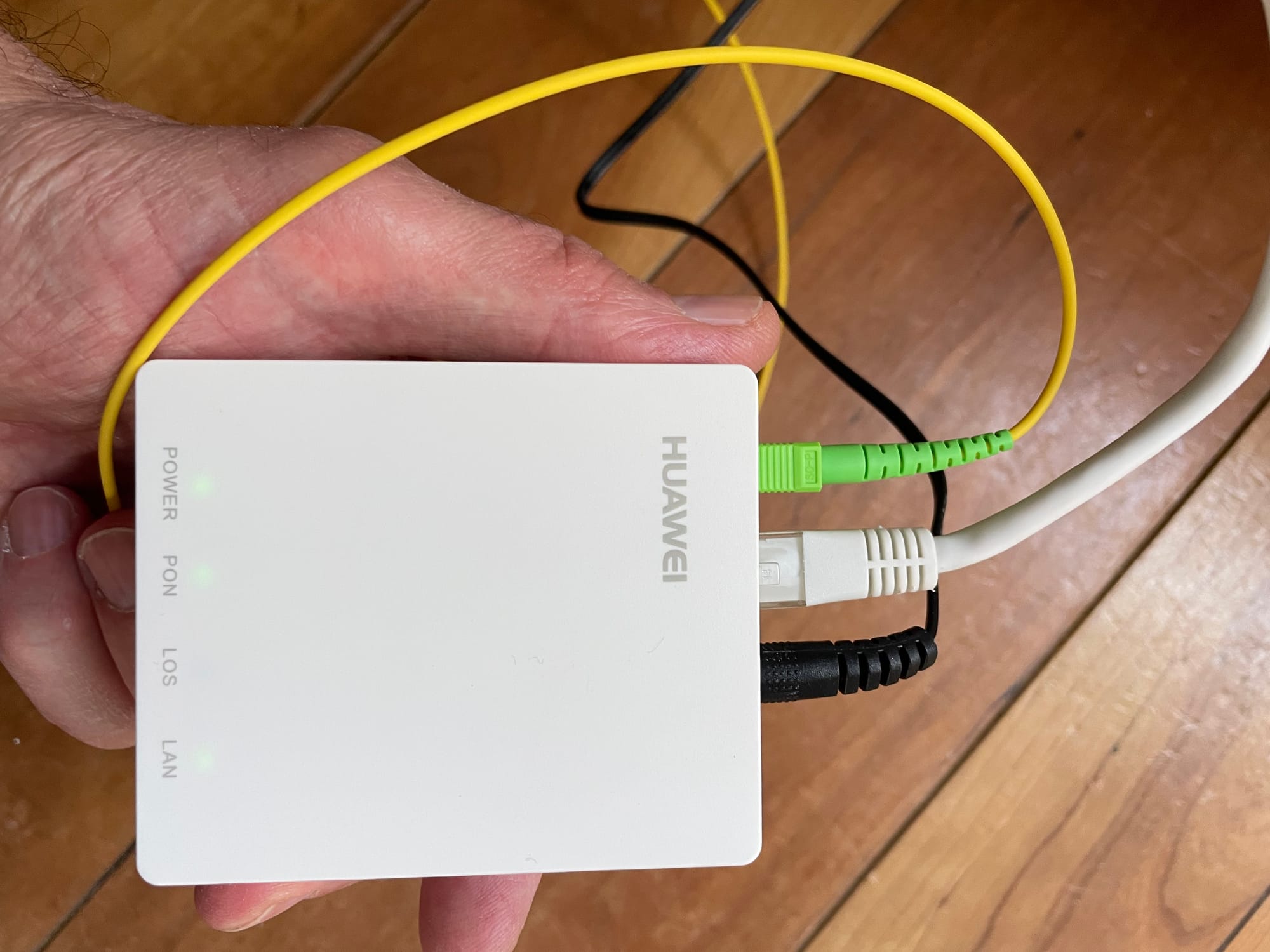
Fixed Wireless Access (FWA): 5G as a Serious Alternative
Another interesting development is the rise of Fixed Wireless Access (FWA) — a broadband connection over 5G. Providers like Odido now offer FWA as a genuine alternative or backup to fibre and cable. A 5G antenna connects your home to the mobile network, delivering broadband speeds without a physical cable.
While fibre remains the most robust choice for speed and stability, FWA adds flexibility. It works especially well when fibre to the antenna is available or for homes where digging is complicated. As networks improve, FWA strengthens competition in what was once a coax-dominated market.
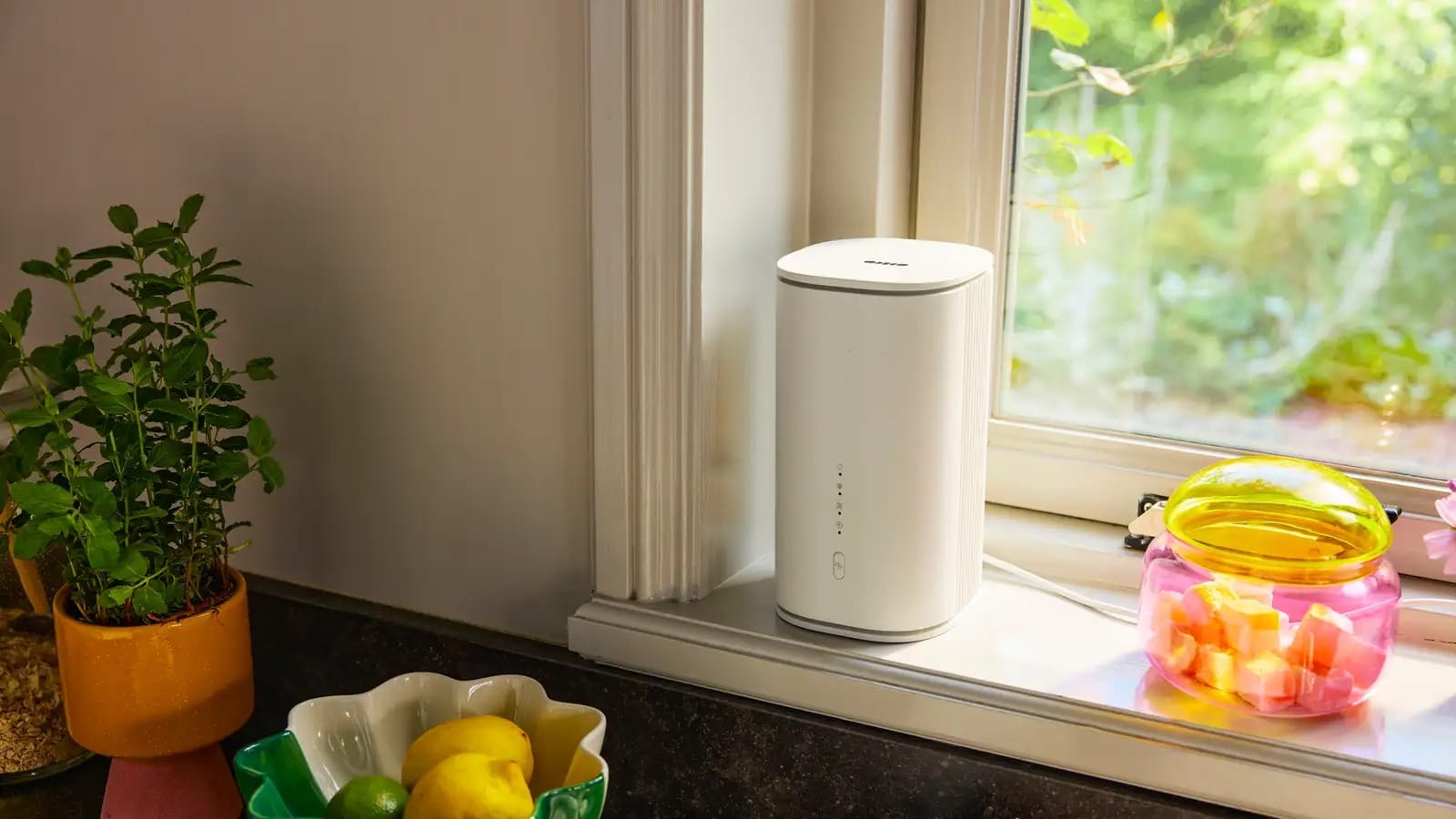
Keeping It Simple: Unbundled and Free
What made this switch even easier was staying unbundled. No TV, no special TV channels, no traditional landline — just internet. It meant I wasn’t tied down by complex packages or contracts. My current provider offers some bundling, but I keep it light, treating internet as what it has become: a utility.
The freedom to switch providers — or even networks — whenever better service or pricing comes along is how connectivity should work.
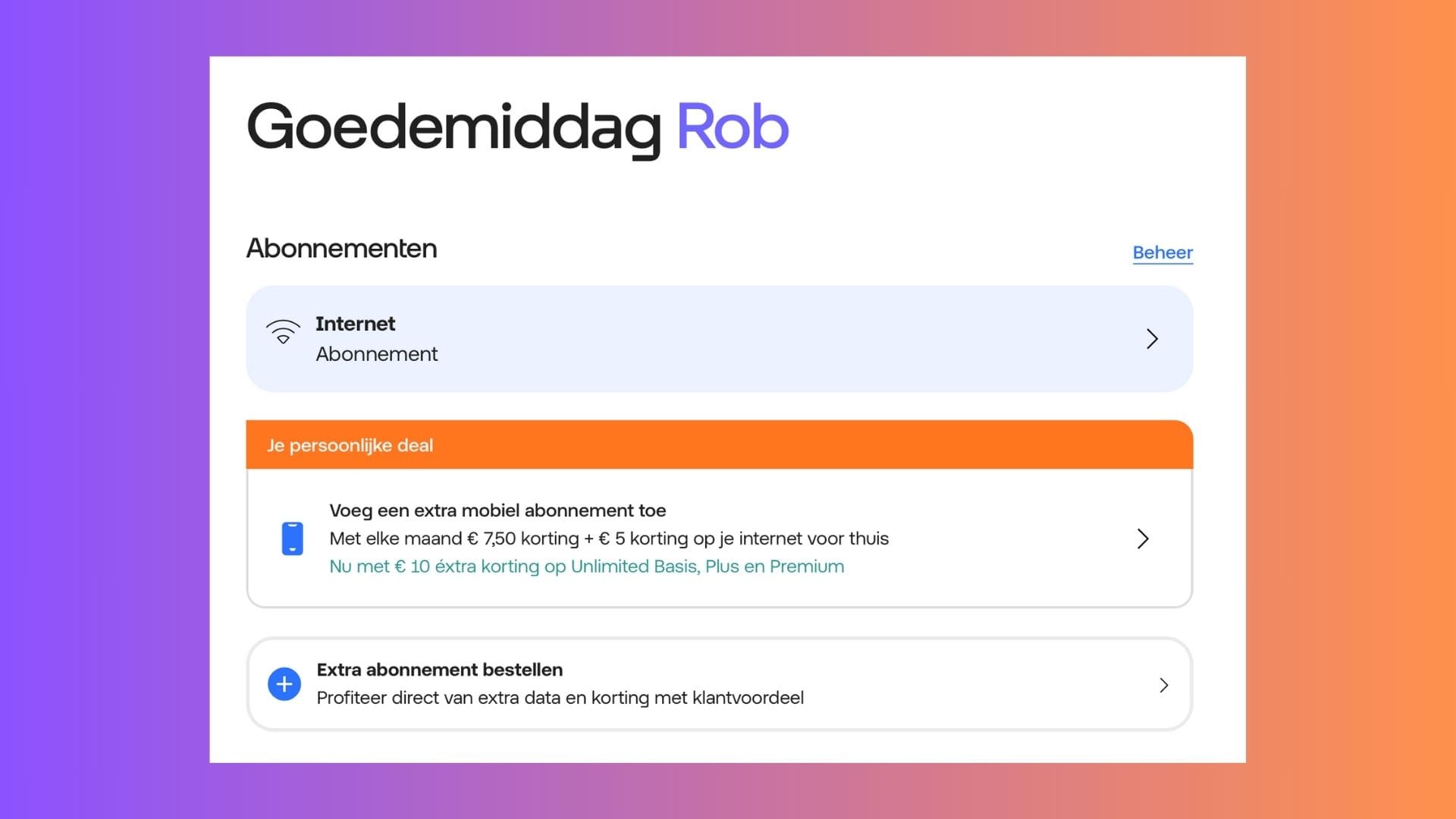
Final Thoughts: Real Infrastructure Change
Making the switch felt good — exciting, a little daunting, but deeply satisfying. More than faster speeds or lower costs, this is about the shift towards real digital infrastructure — where choice is built in, and you’re no longer stuck with a single provider or network.
It’s a reminder that progress often happens quietly, beneath our streets and gardens, until one day you realise — the speed of light now runs straight into your home.
